This may sound obvious, but most rain eventually finds its way to the oceans, either via groundwater, rivers or lakes with permeable rock underneath. Some water, though, gets trapped in large basins that sit below sea level, and the water flows in but never flows out.
The Salton Sea near the Mexican border in Southern California has been at various levels for three million years. Technically a “saline lake,” it is saltier than the ocean, though slightly less salty than the Great Salt Lake. The basin was nearly dry until the beginning of the 1900s when failed irrigation canals diverted the Colorado River into the large basin, and the raging river brought the snowmelt from the Rockies into the Salton Sea.
The engineers from the Southern Pacific railroad were unable to stem the waterfall that the river created. By petitioning Congress and President Roosevelt, the engineers received the “battleship” loads of rock they needed to block the hole, however, it took more than six months before they diverted the river again. The Salton Sea had grown larger than Lake Tahoe to its current size of about 15 miles wide and 35 miles long.
At first, it was unclear that this lake was a nuisance. The Sea was a productive fishery during the 1940s, and with post-war wealth became a popular tourist spot in the ’50s, with resorts, beachfront homes, and water skiing, seeing the likes of regulars like Sonny Bono and the Beach Boys.
But the incredible salinity of the lake and the heavy agriculture of Southern California slowly destroyed the ecosystem. Today, the sea is fed by agricultural runoff, and many of the fish species, save the hardy tilapia, could not survive. Migratory birds were poisoned with botulism and other lethal bacteria. The sea keeps on getting saltier, because the influx of water is less than what’s evaporating.
The State of California has been involved in efforts to restore the sea, but that’s easier said than done. The main worry is that the waters will eventually evaporate completely and turn the area into a giant dust bowl. The area is also home to one of the most diverse populations of birds in North America, housing over 400 species, and a wildlife refuge offers plenty of spots to watch them.
Currently the banks of the Salton Sea are vivid, surreal landscapes littered with dead fish and other detritus of human habitation—and a few signs of life.
Know Before You Go
In addition to the visitor center and camp store, the Salton Sea State Recreation Area still offers tent camping and RV hook-ups, plus boat ramps.






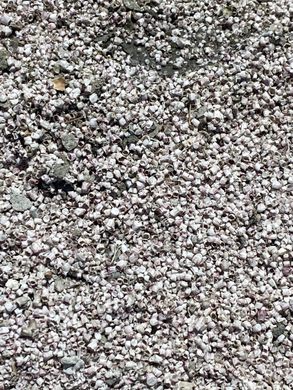

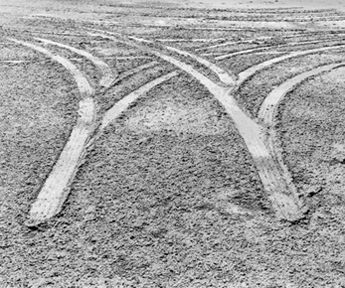


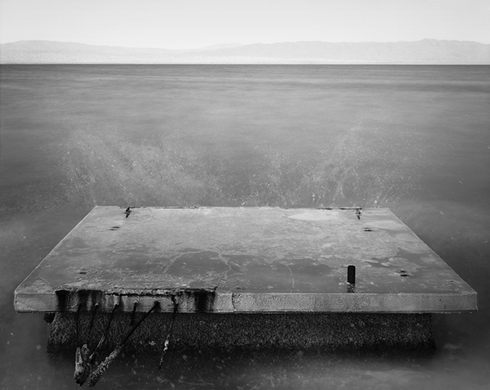
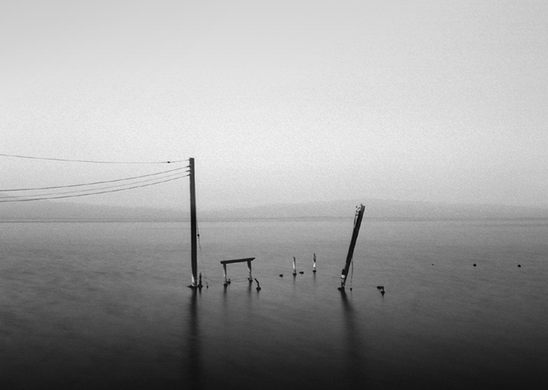


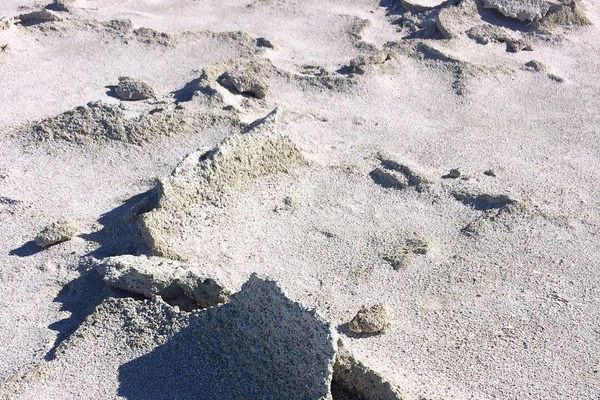































Follow us on Twitter to get the latest on the world's hidden wonders.
Like us on Facebook to get the latest on the world's hidden wonders.
Follow us on Twitter Like us on Facebook